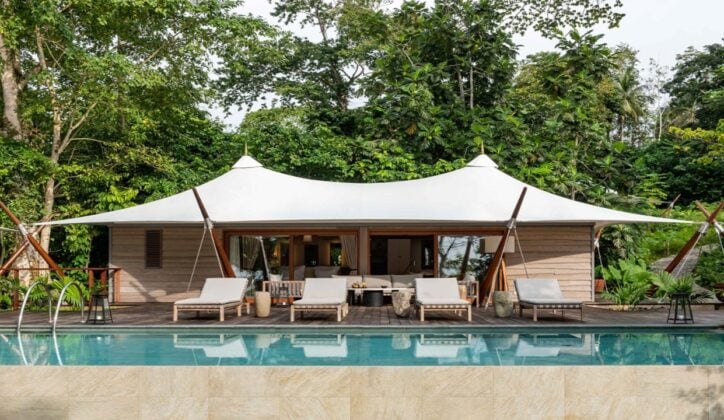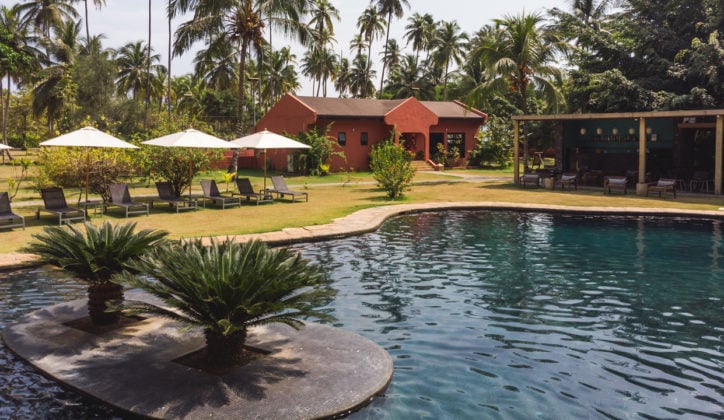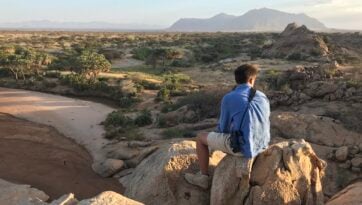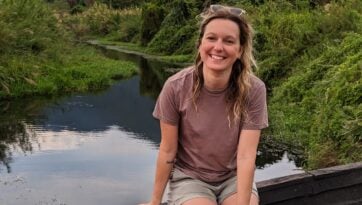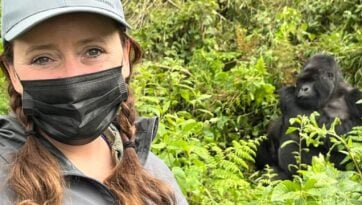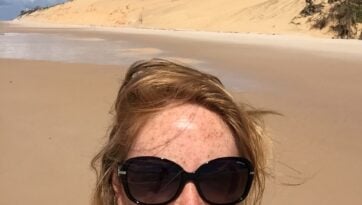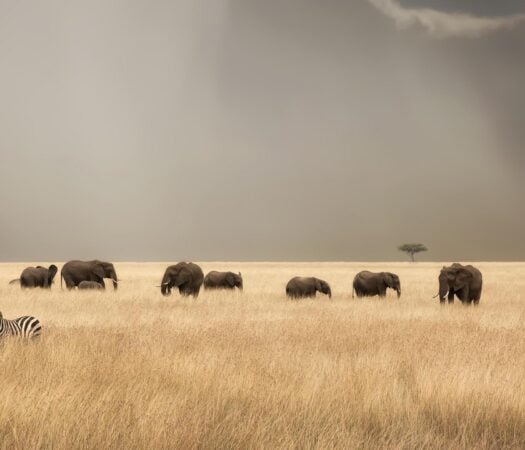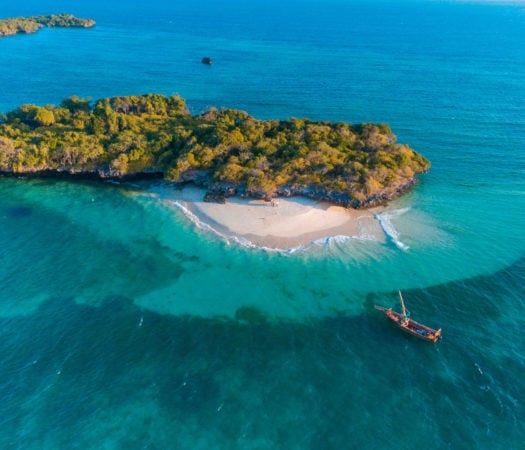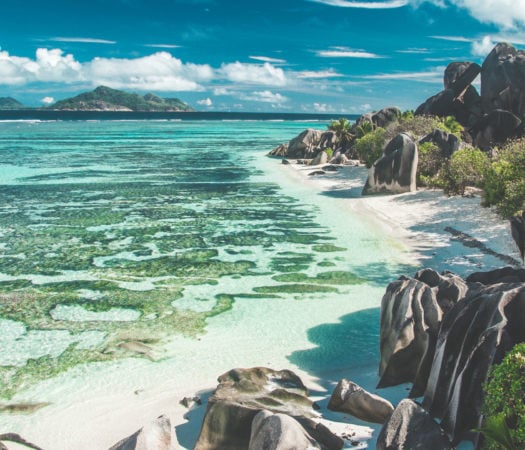A fascinating natural nirvana of exceptional beauty
Flying to these magical islands is like travelling back in time! This destination truly is one of the last untouched places on Earth, and you might even bump into the president of Príncipe, walking the streets of the capital on a Saturday in flip flops. Part of the Cameroon line of volcanoes that reaches into the ocean from the mainland of Africa, this island country is a miniature version of the mighty Congo rainforest. With a significant number of endemic species of birds and fascinating social enterprise projects sitting alongside a colonial history, which is slowly decaying into the forest, São Tomé and Príncipe is a remarkable place to visit.
This two-island African nation and former Portuguese colony in the Gulf of Guinea is distinguished for its wealth of endemic species. In fact, this utopia of diverse flora and fauna, off the west coast of Gabon, has even been referred to as the African Galápagos.
Across the islands, the landscape of dense tropical rainforests, backed by volcanic peaks and interspersed with expanses of cocoa plantations, sets an otherworldly atmosphere. This ethereal feeling is heightened by the utter remoteness of the region, the unspoiled sweeps of sandy beaches, hemmed by overarching palm trees, and the abandoned plantation manors, remnants of the country’s thriving cocoa production past.
Príncipe, a designated UNESCO Biosphere Reserve, is home to a staggering assortment of amphibian, reptile and bird species, including the rare African grey parrot. Weaving hiking trails lead you into the depths of the rainforests, passing by soaring phonolithic rock towers and hidden waterfalls. The coastline circling both of the islands is equally as exciting to explore, as a vast array of coral reef fish, turtles, dolphins and whales can be found in the crystal-clear waters.
The capital and largest island, São Tomé, is slightly livelier than its tranquil and less populated counterpart. Pastel-hued colonial buildings and churches line the dusty streets and the cream-coloured fort, São Sebastião, sits at the mouth of the city’s original trading port. Rainforests cover the rest of the island, with up to 90% of the area enveloped by trees. Beyond the vastness of vegetation lie more pristine beaches, which serve as ideal bases for water sports, or simply, for reclining on while taking in the heavenly scenes.
Accommodation in São Tomé and Príncipe
Whatever you want from your São Tomé and Príncipe experience, our team of expert travel designers are ready to help.
Need to Know
When to go
São Tomé and Príncipe is a year-round destination, and the temperatures vary very little throughout the months. However, the best time to visit is during one of the two dry seasons, between June and September or from January to February. Humpback whales visit the surrounding waters between late July and October, October to March are the best months for birdwatching and turtles nest on the beaches from mid-November to early February.










